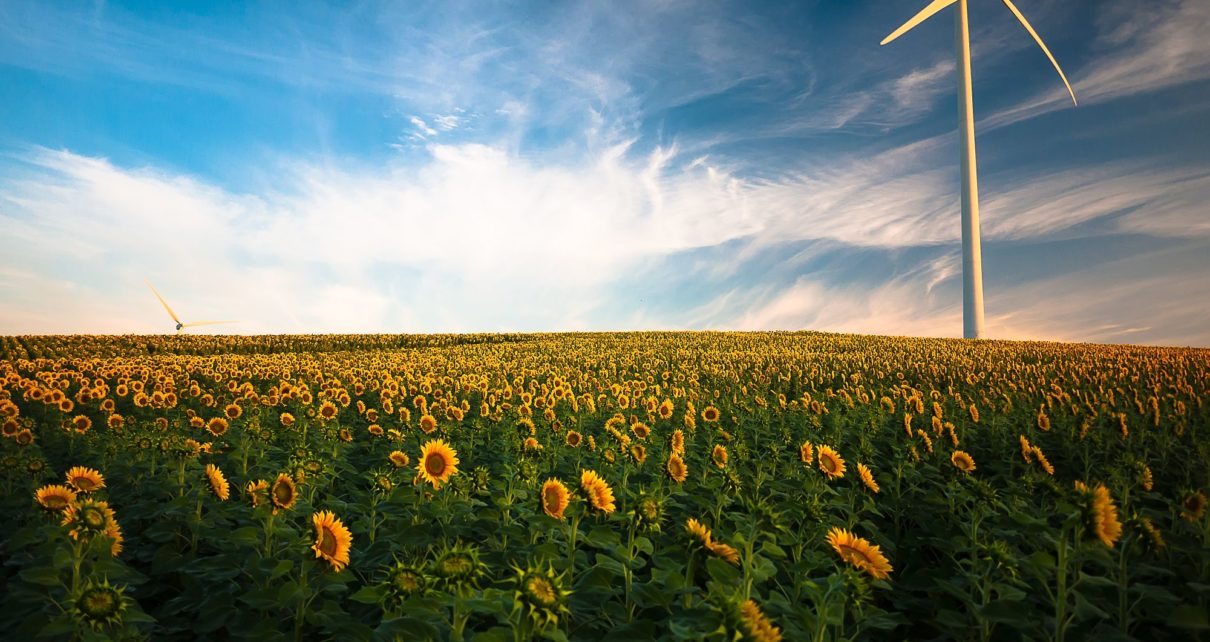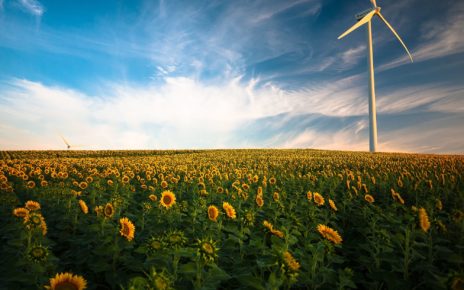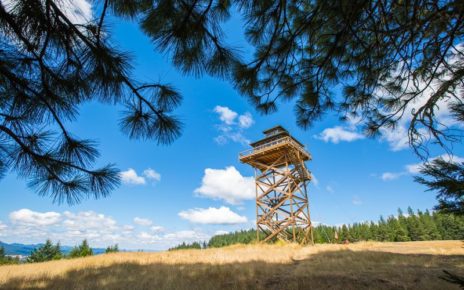(Portland, OR) –From Portland’s famous Forest Park to New York City’s Central Park, America’s urban forests store an estimated 708 million tons of carbon, an environmental service with an estimated value of $50 billion, according to a recent U.S. Forest Service study.
Annual net carbon uptake by these trees is estimated at 21 million tons and $1.5 billion in economic benefit.
In a study published recently in the journal Environmental Pollution, Dave Nowak, a research forester with the U.S. Forest Service’s Northern Research Station, and his colleagues used urban tree field data from 28 cities and six states and national tree cover data to estimate total carbon storage in the nation’s urban areas. The study resonates with tree stewards here in Portland.
“As cities and suburbs grow and grow, trees and urban forests are becoming increasingly important to the health and well-being of our environment” said Jenn Cairo, City of Portland Urban Forester. “Trees provide carbon storage, filter stormwater, help cool the air, and provide wildlife habitat. This study is a reminder of the many values of trees and we hope it spurs even more people to care for them.”
Cairo noted that the Portland Parks & Recreation (PP&R) Urban Forestry division actively partners with neighborhood volunteers to manage the urban forest and quantify the carbon sequestration benefits street trees provide to their communities through the Neighborhood Street Tree Inventory Project (TIP). Portland community volunteers in a TIP project are taught to collect street tree data and utilize it in ways including
-Identifying space for more tree plantings and
-Creating Neighborhood Tree Plans to promote good tree management.
Since 2010, nine Portland neighborhoods have completed such projects.
“The street trees in those nine neighborhoods alone are estimated to provide over $34,000 worth of annual carbon sequestration benefits, with an estimated 480 tons of carbon sequestered per year,” said Cairo. “We’re tallying the dollar value of carbon sequestration city-wide as more neighborhoods complete inventories; eight more are participating this summer. And our carbon sequestration capacity will increase if we continue our careful stewardship of our urban forests.”
To volunteer with the Neighborhood Street Tree Inventory Project, please contact [email protected].
Nationwide, carbon storage by trees in forestlands across the country was estimated at 22.3 billion tons in a 2008 US Forest Service study; additional carbon storage by urban trees bumps that to an estimated 22.7 billion tons.
According to the US Forest Service, carbon storage and sequestration rates vary among states based on the amount of urban tree cover and growing conditions. States in forested regions typically have the highest percentage of urban tree cover. States with the greatest amount of carbon stored by trees in urban areas are Texas (49.8 million tons), Florida (47.3 million tons), Georgia (42.4 million tons), Massachusetts (39.6 million tons) and North Carolina (37.5 million tons).
The total amount of carbon stored and sequestered in urban areas could increase in the future as urban land expands, says the Forest Service. Urban areas in the continental U.S. increased from 2.5 percent of land area in 1990 to 3.1 percent in 2000, an increase equivalent to the area of Vermont and New Hampshire combined. If that growth pattern continues, U.S. urban land could expand by an area greater than the state of Montana by 2050.
The study is not the first to estimate carbon storage and sequestration by U.S. urban forests; however it provides more refined statistical analyses for national carbon estimates that can be used to assess the actual and potential role of urban forests in reducing atmospheric carbon dioxide.
More urbanization does not necessarily translate to more urban trees. Last year, Nowak and Eric Greenfield, a forester with the Northern Research Station and another study co-author, found that urban tree cover is declining nationwide at a rate of about 20,000 acres per year, or 4 million trees per year.





